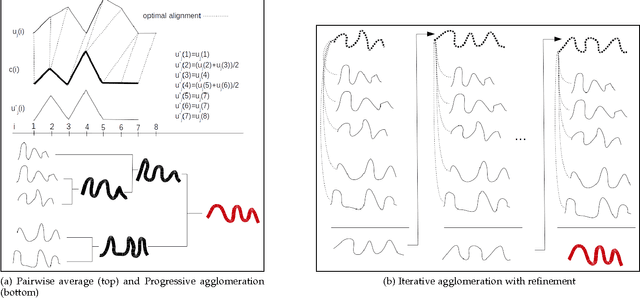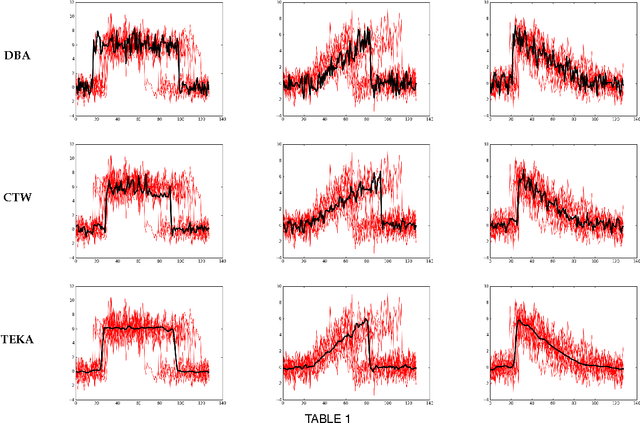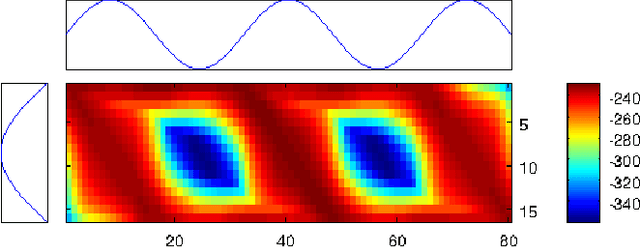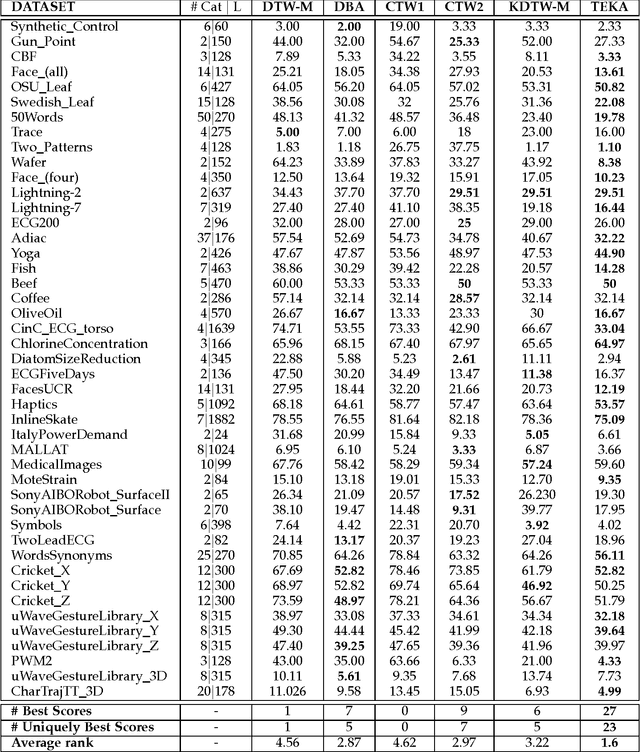Times series averaging and denoising from a probabilistic perspective on time-elastic kernels
Paper and Code
Apr 24, 2017



In the light of regularized dynamic time warping kernels, this paper re-considers the concept of time elastic centroid for a setof time series. We derive a new algorithm based on a probabilistic interpretation of kernel alignment matrices. This algorithm expressesthe averaging process in terms of a stochastic alignment automata. It uses an iterative agglomerative heuristic method for averagingthe aligned samples, while also averaging the times of occurrence of the aligned samples. By comparing classification accuracies for45 heterogeneous time series datasets obtained by first nearest centroid/medoid classifiers we show that: i) centroid-basedapproaches significantly outperform medoid-based approaches, ii) for the considered datasets, our algorithm that combines averagingin the sample space and along the time axes, emerges as the most significantly robust model for time-elastic averaging with apromising noise reduction capability. We also demonstrate its benefit in an isolated gesture recognition experiment and its ability tosignificantly reduce the size of training instance sets. Finally we highlight its denoising capability using demonstrative synthetic data:we show that it is possible to retrieve, from few noisy instances, a signal whose components are scattered in a wide spectral band.
 Add to Chrome
Add to Chrome Add to Firefox
Add to Firefox Add to Edge
Add to Edge